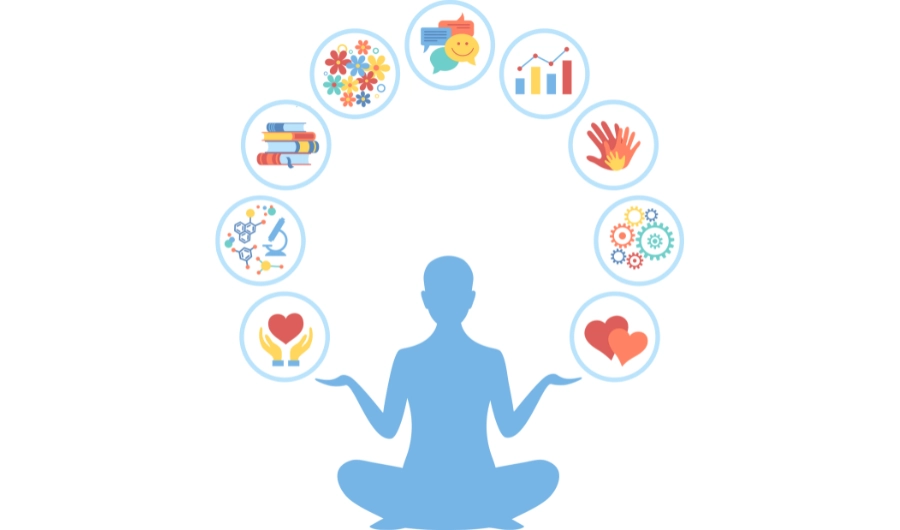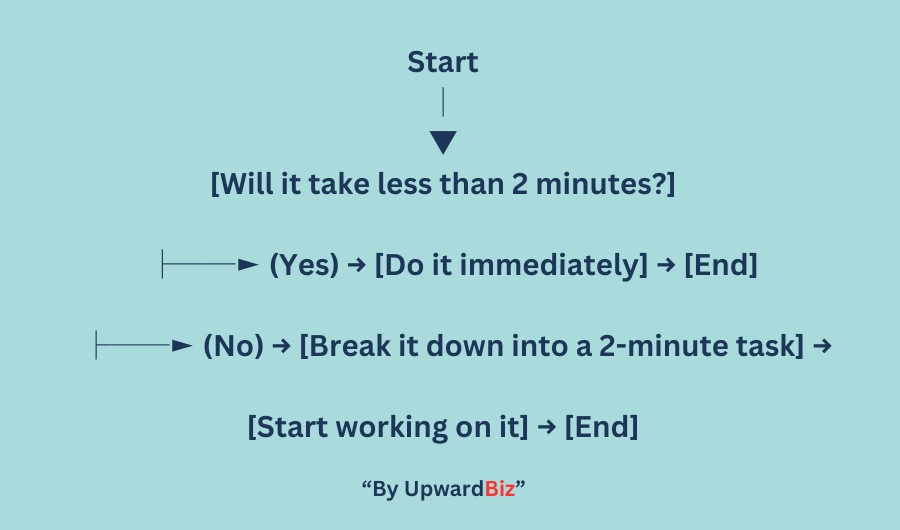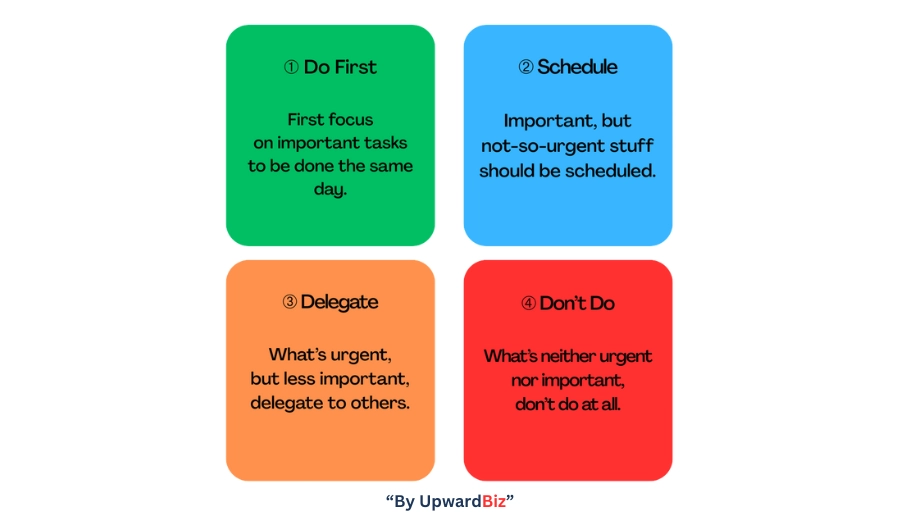Ever feel like there aren’t enough hours in the day? Trust me, I’ve been there—racing against the clock, juggling multiple responsibilities, and still ending up with an unfinished to-do list at day’s end. The good news? It’s rarely about having more time; it’s about making better use of the time you have.
After years of experimenting with different approaches (and plenty of trial and error), I’ve compiled my top time management techniques that have transformed my daily productivity. These aren’t just theories—they’re battle-tested methods that have helped me reclaim control of my schedule and accomplish more without the constant feeling of overwhelm.
Ready to make every hour count? Let’s get started!
Disclaimer: Our website is reader-supported. If you purchase any service through our partner links, we may earn a commission at no extra cost to you.
1. Start With a Morning Ritual

How you begin your day sets the tone for everything that follows. I used to roll out of bed and immediately check emails, which meant starting my day reacting to other people’s priorities rather than focusing on my own.
Creating a consistent morning ritual has been a game-changer. Mine includes:
- 10 minutes of meditation to clear my head
- Quickly reviewing my top priorities for the day
- A brief stretching routine to energize my body
- Enjoying breakfast without digital distractions
The specific activities matter less than the consistency. Your morning ritual creates a buffer between sleep and work mode, giving you control right from the start instead of diving straight into the chaos.
Want to level up your productivity even further? Check out my collection of productivity hacks that pair perfectly with these time management techniques.
2. The Power of Time Blocking

Time blocking transformed my approach to managing my schedule. Instead of working from a never-ending to-do list, I now assign specific time slots to important tasks and projects.
Here’s how I implement time blocking effectively:
- I schedule my most important work during my personal peak energy hours (mid-morning for me)
- Each block gets a clear focus and purpose—no multitasking allowed
- I include buffer time between blocks for unexpected interruptions
- I color-code my calendar blocks by project or energy requirement
The key is treating these time blocks as non-negotiable appointments with yourself. When someone asks, “Are you free at 2 PM?” you can honestly say, “I have a commitment then,” because you do—with your most important work.
3. The Two-Minute Rule

This deceptively simple approach has dramatically reduced my mental clutter: If a task takes less than two minutes to complete, do it immediately rather than scheduling it for later.
Those quick emails that need responses, the document that needs filing, the quick phone call you’ve been putting off—these small tasks create mental drag when they pile up. By handling them immediately, you prevent the buildup of “small stuff” that can become overwhelming.
I keep a sticky note on my computer with “2 min?” written on it as a constant reminder. It’s surprising how many minor tasks we postpone that could be knocked out immediately.
4. Find Your Perfect Task Management System

The right task management system should feel like an extension of your brain—intuitive enough that you’ll actually use it consistently. After trying dozens of options, I’ve found these to be the standouts:
Todoist shines with its clean interface and natural language input. I can simply type “Finish blog post tomorrow at 10am priority 1” and it automatically sets the date, time, and priority level. The karma point system adds a fun gamification element that keeps me motivated.
Notion works brilliantly for complex projects where I need to connect tasks with notes, documents, and databases. While it has a steeper learning curve, the flexibility is unmatched for managing interconnected information.
Trello offers a visual approach with its board and card system that makes it perfect for collaborative projects or visual thinkers who want to “see” their workflow in stages.
Remember, the perfect system isn’t about which tool has the most features—it’s about which one you’ll actually stick with consistently.
5. The Eisenhower Matrix: Urgent vs. Important

Not all tasks deserve equal attention, but making quick decisions about priorities can be challenging. The Eisenhower Matrix has been my go-to framework for sorting tasks into four categories:
- Urgent and Important: Do these tasks immediately
- Important but Not Urgent: Schedule time for these (they often bring the most long-term value)
- Urgent but Not Important: Delegate these when possible
- Neither Urgent nor Important: Eliminate these energy-drainers
I spend a few minutes each morning placing my tasks in this matrix, and it’s remarkable how much clarity it brings. The biggest revelation for me? Learning to prioritize important-but-not-urgent tasks—like long-term planning, relationship building, and skill development—that typically get overshadowed by the merely urgent.
6. Strategic Batching: Group Similar Tasks
Our brains aren’t designed for constant context-switching. Each time you jump between different types of tasks, you lose valuable mental energy and time in the transition.
I’ve reclaimed hours of productivity by batch processing similar activities:
- Designating specific “email hours” instead of checking throughout the day
- Scheduling all my calls and meetings back-to-back when possible
- Creating content in focused batches (like writing several blog posts in one sitting)
- Handling all administrative tasks in a single weekly session
For example, I now handle all my social media planning on Monday afternoons rather than a little bit each day. This approach has cut my total time spent on social media management by nearly 30%.Want to level up your productivity even further? My collection of productivity hacks that pair perfectly with these batching techniques.
7. Delegate and Outsource Strategically
One of the hardest productivity lessons I’ve learned is that “If you want something done right, do it yourself” is often terrible advice. Many tasks on your plate could be handled just as well—sometimes better—by someone else.
I regularly evaluate tasks by asking: “Am I the only person who can do this effectively?” If not, it might be a candidate for delegation.
Some of my favorite platforms for finding talented help include:
- Fiverr for quick, specific tasks like graphic design or short research projects
- Upwork for ongoing project work that requires more collaboration
- Toptal when I need top-tier expertise for complex technical projects
- 99designs specifically for higher-end design work with multiple concepts
Not sure where to start with delegation? My guide on how to find freelancers walks through the entire process, from identifying tasks to delegate through managing remote talent effectively.
Remember that delegation isn’t just about saving time—it’s about focusing your energy on the areas where you provide unique value.
8. The Pomodoro Technique: Work in Focused Sprints
Working in timed intervals with intentional breaks has revolutionized how I approach difficult tasks. The standard Pomodoro method suggests 25 minutes of focused work followed by a 5-minute break, but I’ve personalized it to fit my rhythm (35 minutes of work with 7-minute breaks).
What makes this technique so effective:
- It creates a sense of urgency that helps overcome procrastination
- The built-in breaks prevent burnout and mental fatigue
- Tracking completed “pomodoros” provides a tangible measure of productivity
- The time constraint helps combat perfectionism
I use a simple timer app on my phone, but there are plenty of dedicated Pomodoro apps available if you want more features. Even the most daunting project becomes manageable when broken into these focused work sprints.
9. Weekly Review and Reset
Sunday evenings have become sacred in my productivity system. For 30-45 minutes, I conduct a weekly review and reset that includes:
- Reflecting on what went well and what didn’t in the past week
- Clearing out my digital spaces (inbox, desktop, downloads folder)
- Planning the upcoming week’s priorities and time blocks
- Preparing my workspace for a fresh start
This ritual provides closure to the previous week while setting me up for success in the coming days. It also gives me a bird’s-eye view of my schedule that’s hard to see when I’m in the day-to-day grind.
The weekly review is where I catch overcommitments before they happen and ensure I’m allocating time to my genuine priorities rather than just reacting to whatever comes my way.
10. Strategic Energy Management
The final technique shifted my entire perspective on time management: I stopped focusing exclusively on managing time and started managing energy instead.
We all have natural ebbs and flows in our energy and focus throughout the day. By mapping my energy patterns, I’ve learned to match tasks to my energy levels:
- High-energy, high-focus hours: Creative work, complex problem-solving, important decisions
- Medium energy: Meetings, collaborative work, learning new skills
- Lower energy: Administrative tasks, email, routine work
I also build in intentional energy renewals throughout the day—a quick walk, a few minutes of deep breathing, or a change of environment—to maintain steady productivity rather than working until I crash.
Time is finite, but energy can be renewed and expanded. Managing both is the secret to sustainable productivity.
Creating Your Personal Time Management System
The beauty of these techniques is that they can be mixed and matched to create a system that works for your unique situation. I encourage you to experiment with each one, adapt it to your needs, and observe the results.
Remember that the goal isn’t perfect productivity—it’s meaningful progress on what matters most to you, day after day, without burning out in the process.
Which of these techniques resonates most with you? Do you have a time management strategy that’s been particularly effective in your life? I’d love to hear about your experiences in the comments below!
Here’s to making every day count!
🔍You might also enjoy the following post:
